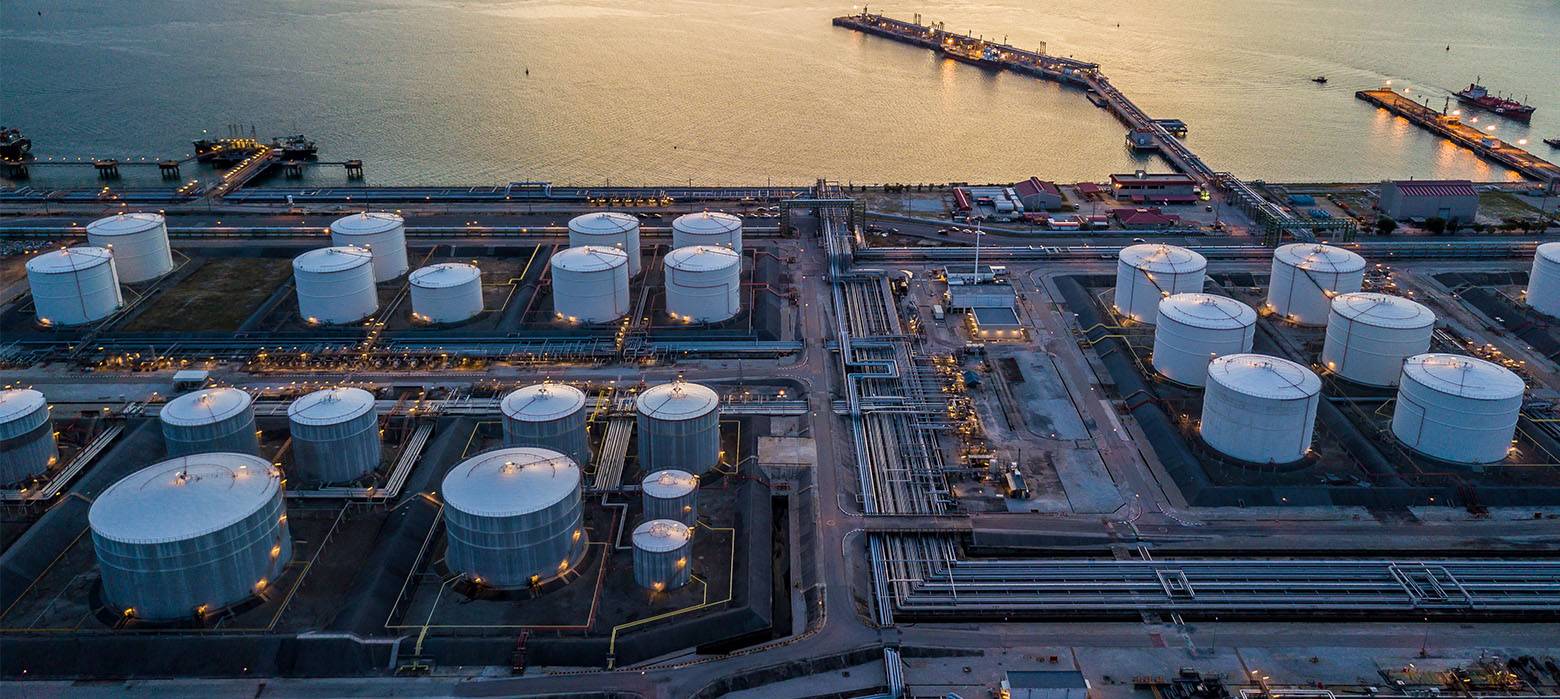
- admin
- December 17, 2018
API Recommended Steps To Follow For Storage Tank Repair
Storage tanks commonly face the problems of corrosion and erosion leading to leaks and subsequent environmental damages resulting in shutdown of operations.
Tank inspection necessary
Corrosions usually result in parts that are hidden away from the daily view leading to their enlargement and resulting damage. Areas that are under insulation and tank interiors are such hidden points where it is common to find corrosions at an advanced stage making the tank vulnerable. Especially, corrosion damages to the interior parts of tanks can lead to dangerous consequences in no time.
Traditional repair process
Most traditional storage tank repair and refurbishing methods used for both thin-walled and thick-walled involve hot work that are both difficult, time-consuming and of course preclude operations. In addition, hot work also adds to the potential risks of inflammability and explosions even during the repair works.
This means that carrying out hot work for any storage tank repair will lead to a complete shut down of production that has to be preceded by emptying and cleaning of the tank before repairs. The entire process has grave consequences on productivity and incurs high cost. Moreover, hot work involves welding that can be severely impaired due to space restrictions, operating conditions and availability of parts for replacement if necessary.
Modern repair alternative
The more recent and plausible alternative is the use of the cold-curing belzona repairing compounds. Using this compound helps in providing long-lasting and durable repairs of corrosion damage. The time required for the process is minimal with no downtime involved. Productivity does not take a beating nor does the company have to incur additional maintenance and repair costs. The process takes one or at the most two days to restore the tanks to its fully functional form. The lifetime of the storage tank is extended leading to better cost management.
Main steps for storage tank repair and alteration
The main steps involved in carrying out the effective repairs are as follows:
• Parts of tank that contribute to its integrity are removed. These include the roof, bottom and the portions of the shell. This will facilitate the welding or cold-curing the affected zone.
• The affected tank shell, bottom or roof is jacked and relevelled for better access and working.
• Shell opening is further reinforced with additional plates for better support and efficient working.
• This is followed by the tearing and grinding of the corroded area and use of the hot work welding or cold-curing as preferred.
API-recommended steps for storage tank repair or reconstruction
In fact, Section 7 of API-653 has specific requirements laid down for any repair or alteration to be carried out in storage tanks. Following are the main guidelines:
• Removal and subsequent removal of the shell plate material
• Repair of any defect in the shell plate material
• Change in the height of the shell
• Repair of any defective weld
• Repair of the shell penetration
• Any addition, alteration or replacement needed in the shell penetrations
• Repair of the tank bottom
• Repair of fixed roof
• Repair of floating repair including that of perimeter seals.
- steps for repairing tanks
- storage tank repair
Category
- Above Ground Fuel Tanks
- Above Ground Gas Storage Tank
- Above Ground Storage Tanks
- Above Ground Water Storage Tanks
- Agricultural Tanks
- Chemical storage Tanks
- Diesel Fuel Storage Tanks
- Diesel Storage Tanks
- Exernal FloatingRoof Tanks
- Farm Water Tank
- Fiberglass Oil Tanks
- Fiberglass Septic Tanks
- Fiberglass Tanks
- Fiberglass Underground Fuel Storage Tanks
- Field Erected Tanks
- Floating Roof Tank
- Food and Beverage Tanks
- Fuel tank
- Industrial Chemical Storage Tanks
- Industrial Gas Tanks
- Industrial Hot Water Storage Tanks
- industrial hot water tank
- Industrial Plastic Tanks
- Industrial Storage Tanks
- Industrial Tank heating pads
- industrial tanks
- Natural gas
- Natural gas vs Propane
- oil storage tank
- Oil Storage Tanks
- Peracitic Acid
- Petroleum Tanks
- Residential gasoline storage tanks
- Residential Water Storage Tanks
- Sodium Hydroxide Storage Requirements
- Sodium Hypochlorite Storage Tanks
- Steel Storage Tanks
- storage tank failure prevention
- Storage Tanks
- Sulfuric Acid Tanks
- Uncategorized
- UnderGround Storage Tanks
- Waste water tank
- Water Storage Tanks

 Tank Size Calculator
Tank Size Calculator





